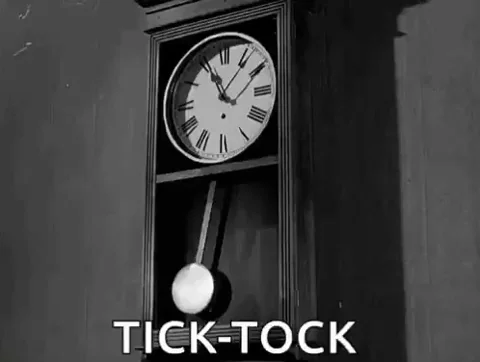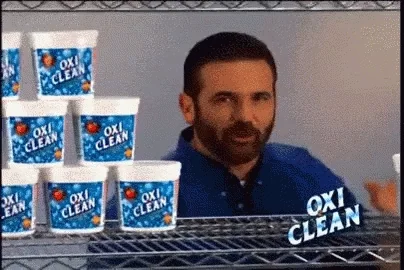
The good news (sort of) is that your boss just told you that your operation is onboarding another aircraft onto its Part 135 charter certificate. The bad news is that the charter brokers are already calling to book flights. The conformity clock is ticking.

What neither of them understands is that there’s a lot of work standing between deciding to accomplish the FAA Part 135 conformity inspection (and the additional income it promises) and achieving it.
On top of all that, your compliance workload will skyrocket with older planes or if you’re adding multiple aircraft at the same time.
After all, if all of your logbooks and documents are in order, it shouldn’t be too hard to put together a Part 135 conformity package for FAA approval.
Ah, if life were only that easy.
Conformity isn’t just about showing proof that the aircraft can safely fly a Part 135 on-demand charter flight. It’s about demonstrating that the aircraft is airworthy and documenting that every component on that airplane meets the strict requirements set forth by the FAA for commercial operations. It’s a whole new world when you put paying passengers on your airplane.
For example, if you’re operating your Citation as purely Part 91 personal/business use airplane, it’s good to go with the certificates and documentation it left Wichita with. But, once you enter into the Part 135 commercial arena, everything – and I do mean everything – in and on your aircraft is opened up to volumes of regulatory scrutiny.
One such examination area is the hard and soft materials used in your aircraft’s interior. Part 91 operators can decorate their jet’s cabin with any materials they like. On the other hand, aircraft operating on a Part 135 certificate must follow the exact strict flammability requirements (CFR 14 Part 25.853) as a commercial airliner.
And I’m not just talking about the carpeting, upholstery, and paneling. Oh no. The regulations cover every part, component, and material down to the throw pillows. If it’s in the cabin, it has to meet the requirements, and the operator needs to verify compliance.
While it may be easy to prove you meet the flammability requirements with a reasonably new aircraft, what about one that had its interior redone two or three times? How much time will you spend digging through boxes of records to locate all that information? More than you want.
But wait, there’s so much more…

When it comes to the FAA’s Conformity checklist, throw pillows are just the beginning. Still, onyour painstakingly time-consuming to-do list are equally fun tasks, including:
Even on a well-documented aircraft, this process typically can take several weeks. The most time- consuming part is locating all the necessary logbook entries and supporting documents, including the regulatory forms, to verify that life limits, inspection status, and other requirements have been met and adequately documented.
And, not just documented, but documented to the FAA’s unwavering expectations.
Avoiding Part 135 conformity calamities.
As Nicole Grigsby, a well-respected expert in the conformity business, explained, FAA Part 135 conformity is not a simple process, no matter the aircraft’s hours. Even in its simplest form, it’s the sum of a lot of disconnected elements.
And putting it all together correctly requires that you collect, check and organize a lot of information about that airplane’s operational and maintenance history. And, from what Nicole sees daily, that can add a lot of time and cost to any Part 135 conformity project.
Why? Well, it’s the level of detail required. Your documentation must include proof that every inspection, AD, SB, and life-limited part about that aircraft is up to date. And if the aircraft has had any upgrades or modifications, your package needs to include all the paperwork associated with each STC. Any missing information is an automatic no-go as far as conformity is concerned.
Altogether, the finding, collating, checking, and proofing of all that paperwork is ripe for errors.
And finding and fixing those errors, even seemingly small ones, can add weeks to the process. And every day that you’re waiting for conformity approval is another day’s lost charter income.
And that’s just the tip of the conformity iceberg – which has sunk many a less-than-prepared flight department.
Nicole said here are myriads of errors that commonly plague an operator’s application. So, what are some of the common conformity mistakes, you ask? Well, here are just a few:
Yes, they all seem like pretty simple omissions or mistakes and perhaps unimportant in the overall scheme of things. Still, I’m paraphrasing here: in the eyes of the FAA’s conformity checkers, “If you can’t do the simple things right, who’s to say you’re doing the big things correctly?”
3 ways to make your conformity go smoothly.
When you step back and look at all the requirements, suddenly, the thought of using a “private” jet as a revenue-producing tool isn’t looking like such a great idea. But wait, here’s three ways to make your conformity easier, faster and more cost-effective.
Having a well-defined process is crucial for a successful conformity. Start by creating a checklist that covers every aspect of the FAA Part 135 conformity requirements. Make sure your team understands the importance of each step and follows the process meticulously. Regularly update your checklist to include any new regulations or requirements. This proactive approach ensures that nothing falls through the cracks and that you’re always one step ahead.
Technology’s goal is always to simplify the process of any task, that’s the same with Bluetail’s Part 135 Conformity Module. It simplifies the process, reducing a two- or three-week job to just a couple of days. By scanning all operational and maintenance records, the module offers time-saving features like:
With Bluetail, your aircraft’s records are securely saved, searchable, and shareable, ensuring efficiency and safety.
But, you ask, just how much work and time will Bluetail save? Well, let’s let Jonathan Schaedig, Vice President of Maintenance for Part 135 operator Skyshare, give you his perspective. “The (Bluetail) conformity module is an absolute necessity for us to increase from one aircraft every two months to one aircraft every three weeks,” he said. “If I had 10 people working on the conformity, or I have a DOM and two technicians working on conformity with Bluetail, the result and the speed would be about the same.”
Bringing in a conformity expert can be a game-changer. These professionals have extensive experience navigating the complexities of FAA Part 135 conformity. They can provide valuable insights, identify potential pitfalls, and offer practical solutions to any issues that arise. By consulting an expert, you can ensure that your conformity package meets all FAA requirements, minimizing delays and avoiding costly mistakes. An expert’s guidance can make the entire process smoother and more manageable.
In other words, utilizing one or a few of these ways can be a huge benefit to your time and cost when putting your baby on a Part 135 charter certificate.